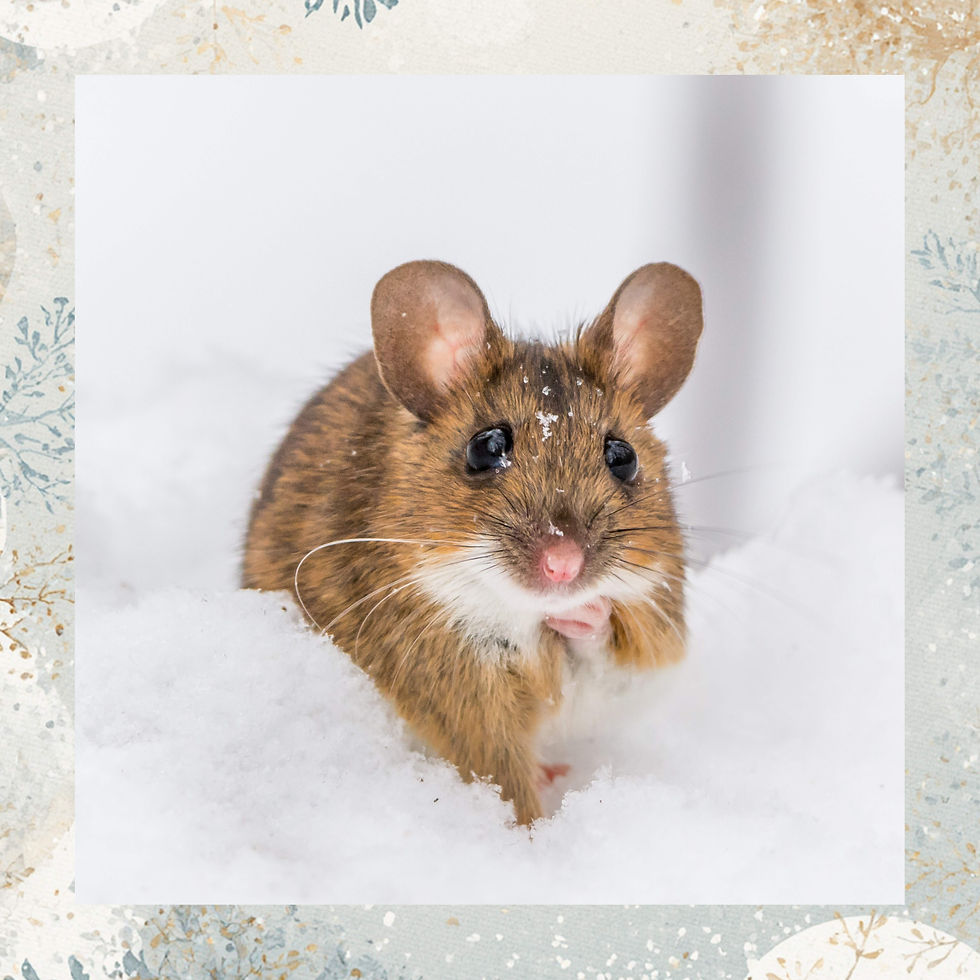Trees - Wanted Dead or Alive!
- jill456
- Feb 10, 2023
- 2 min read

Invasive insects and diseases are a real threat. Chautauqua County and all of western New York have been hit hard with the emerald ash borer devastating our ash trees in recent years. Not to mention our Eastern Hemlock (by the hemlock woolly adelgid beetle) and American Beech (with beech leaf disease). The need to plant and replace these infected trees with healthy, new native ones has never been greater.
But many homeowners are left wondering…what should I do with all my dead trees?
Your first thought might be to call a tree company, clean up your yard and have these dead, “ugly” trees removed. Dead or alive…tree removal can be extremely costly and has the potential of removing more than just wood. If a dead tree is in danger of falling on your home, nearby structure and/or roadway, removing it is of course the right choice. But what about the trees that are not posing a threat to anything or anyone?
Let’s look at a dead tree from a different perspective. What would be the benefit of leaving it stand and not worrying about the way it looks? First, you would keep more money in your pocket, which is always a good thing! But allowing a dead tree to remain standing also provides an incredible habitat for our local birds, insects and wildlife. In fact, some of the most important trees on your property are the ones that are no longer alive.
Standing dead or dying trees are called snags. They are an important component of healthy forests, as well as your yard, and can be critical habitat for wildlife. In a sense, snags are very much “alive.” Woodpeckers peck into the soft wood for insects and larvae, creating many excavated cavities. Owls and squirrels nest in these open cavities as do bluebirds, chickadees and nuthatches. Bats roost within crevices and under the flaky loose bark. And countless species rely on their abundant insects, fungi and lichens as a food source. More than 100 species of birds, mammals, reptiles and amphibians need snags for nesting, roosting, shelter, denning and feeding, and nearly 45 species alone forage for food in them!
So long as they aren’t in a hazardous location such as near a road or building, consider leaving snags. Not only do they provide for our local wildlife, but these vertical dead pillars also create visual interest, store carbon and can actually provide more habitats for wildlife dead than alive. And, as an added bonus, they will continue to enrich your soil for decades to come. So why not save your money and leave that dead tree standing.
For more information regarding snags in your yard or on your property, or even creating and/or trimming snags for wildlife, please contact Conservationist Carol Markham at the Chautauqua Watershed Conservancy at carol@chautauquawatershed.org or 716-664-2166, ext. 1005.
(photo by Carol Markham)








Comments